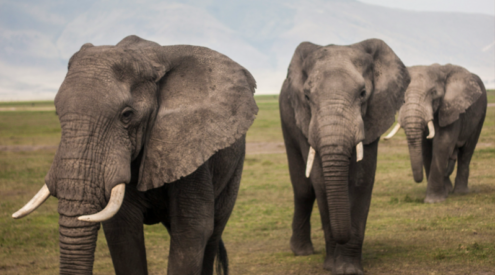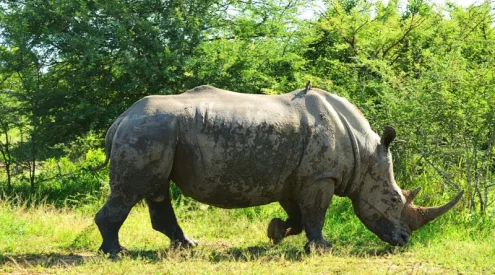The August issue of Getaway, on shelves now, is all about those beautiful strangers and those unfairly maligned creatures. Why do they matter? Well, these animals fulfil a vital role in ecosystems and overlooking them just because we find them off-putting would be a grave mistake.
Even though there are plenty of fish in the sea, the ‘ugly’ ones also need to be considered after a recent study revealed that our aesthetic values negatively affect the conservation of the less visibly appealing species.

Picture: Flickr Commons/ Scott Lipsey
The study titled ‘The aesthetic value of reef fishes is globally mismatched to their conservation priorities,’ found that the fish people rate as the most aesthetically pleasing, are those that need the least conservation support. But those ranked as ‘ugly’ tend to be the most endangered.
For the study, an online survey was conducted, where 13 000 participants rated the aesthetic attractiveness of 481 photographs of ray-finned fish.
The study then incorporated artificial intelligence based on the first survey to predict how people would likely rate 2 417 of the most common reef fish from 4 400 photographs.
As expected, the more colourful fish such as a parrot or angel fish were rated as more beautiful. But, these fish are not evolutionarily distinct, meaning they are similar to other fish.
The unattractive species, however, have adapted to live in more homogeneous water columns and hide in this homogeneous habitat, and are more likely to be overfished.
‘Our study highlights likely important mismatches between potential public support for conservation and the species most in need of this support,’ Nicolas Mouquet, a lead author in the study, said to The Guardian.
The study argues that measuring a species aesthetic value is an important step in predicting the willingness of the public to protect species or the reasons behind the failure of conservation efforts.
The authors demonstrated how birds are misrepresented in the Global Biodiversity Information Facility, while only representing 1% of the species in the facility, with birds aesthetic and cultural value an important factor.
Another example is that of insects, with 40% of all insect species declining globally. But because six-legged critters are viewed more as a pest, their collapse has gone on largely unnoticed.
Even though this study could help conservationists conserve species that are unappealing to the public, it is also telling of how our prejudices influence our conservation priorities.
ALSO READ















